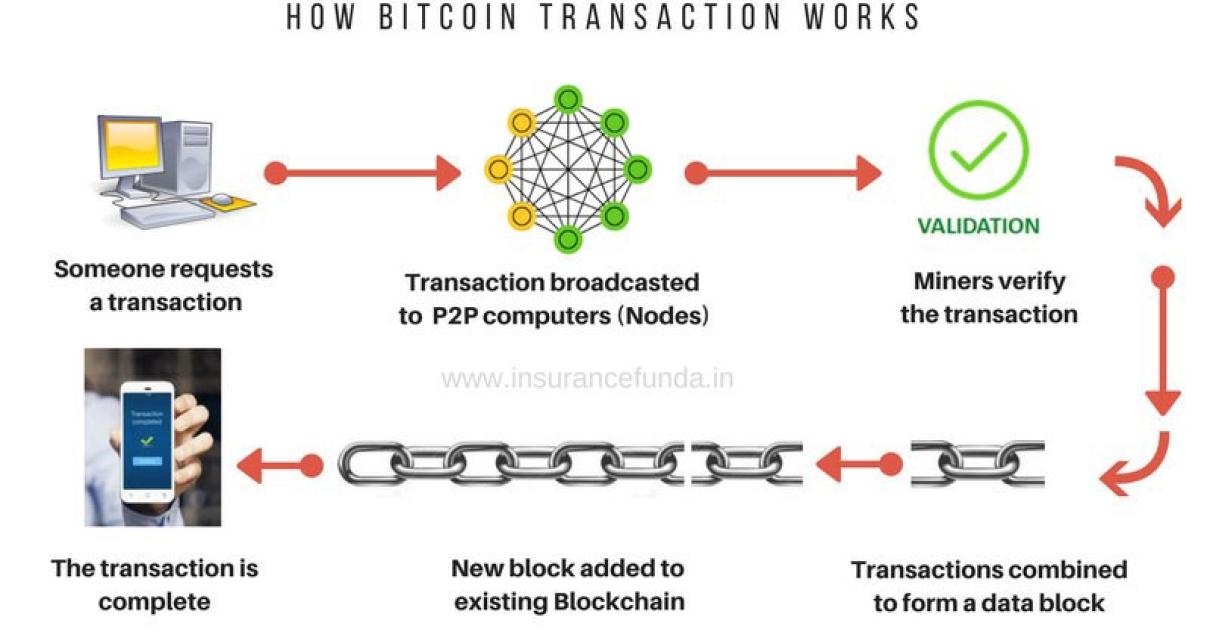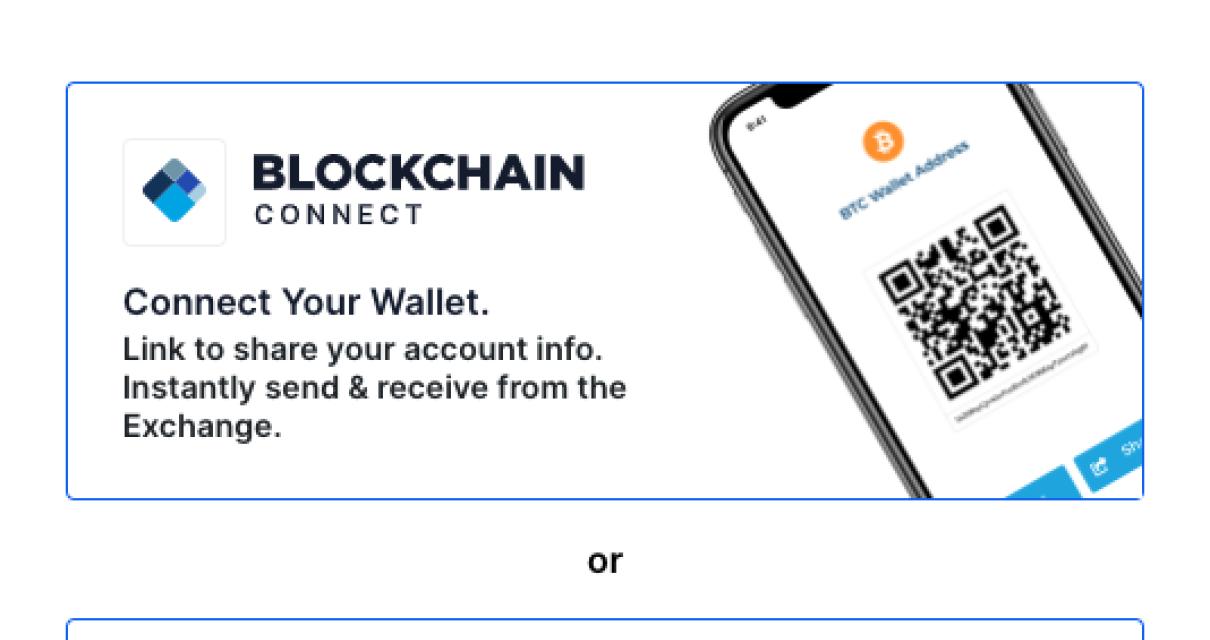How blockchain verification works
Once a transaction has been verified, it is added to the blockchain. Bitcoin nodes use the block chain to distinguish legitimate Bitcoin transactions from attempts to re-spend coins that have already been spent elsewhere.
Every node running Bitcoin software keeps a copy of the blockchain, which is constantly growing as “completed” blocks are added to it with a new set of recordings of past transactions. Each node can connect to others to form a global network of bitcoin nodes.
Bitcoin nodes use the block chain to distinguish legitimate Bitcoin transactions from attempts to re-spend coins that have already been spent elsewhere. A bitcoin node can also use the block chain to identify addresses and transactions involved in attacks against the Bitcoin network.
The benefits of blockchain verification
There are many benefits to verifying a blockchain transaction.
First, it can help to ensure the accuracy of the data in the blockchain. This is important because if there are any errors in the data, it could lead to problems in the system as a whole.
Second, it can help to protect against fraud. If someone is trying to make a fraudulent transaction, verifying the blockchain can help to prevent it from going through.
Third, it can help to ensure that the system is reliable. If there are any mistakes in the verification process, it could lead to errors in the blockchain. This could impact the system's overall reliability and stability.
Fourth, it can help to speed up the process of transactions. If there are no errors in the verification process, it can speed up the process of transactions by cutting down on the number of times that the system has to be verified.
Finally, it can help to ensure that the system is more transparent. If there are any errors in the verification process, it can make it difficult for people to understand how the system works. This could lead to problems with Trust in the system.
The importance of blockchain verification
As blockchain technology continues to grow in popularity, there is increasing demand for methods of verifying the legitimacy of transactions. This is especially important for transactions involving cryptocurrencies, as there is a higher risk of fraud and theft when transacting in digital currencies.
One way to verify the legitimacy of a blockchain transaction is to use a blockchain verification service. These services use a network of computers to verify the accuracy of a transaction and confirm that the relevant information has been added to the blockchain.
This is an important step in ensuring the safety and security of blockchain transactions. It also helps to ensure that people who are making transactions are legitimate and have the appropriate permissions.
The challenges of blockchain verification
There are a few challenges with blockchain verification. The first challenge is that verifying a blockchain transaction is a time-consuming process. It can take several minutes for a new block to be mined and added to the blockchain, meaning that a transaction may not be verified immediately.
The second challenge is that it’s difficult to ensure that a blockchain transaction is legitimate. For example, someone could create a fraudulent blockchain transaction that looks like it’s from a legitimate source. Or, someone could tamper with the data in a blockchain transaction in order to make it look fraudulent.
Finally, blockchain verification is also sensitive to network congestion. If there are too many transactions trying to be verified at the same time, it can slow down the network and make it more difficult to verify transactions.

What is blockchain verification?
Blockchain verification is the process of confirming the authenticity of a digital asset or document by verifying its blockchain record.
Why is blockchain verification important?
The verification process of a blockchain is important because it allows for trust between parties. If a party does not have the verification information for a block, they cannot verify that the block is valid.
How can blockchain verification be improved?
There are a few ways that blockchain verification can be improved. One way is to create more sophisticated algorithms that can more accurately determine whether a transaction is valid. Another way is to create a system where multiple parties can independently verify a transaction, so that even if one party is fraudulent, the other parties will be able to detect the fraud.

What are the future challenges for blockchain verification?
The future challenges for blockchain verification include scalability, security, and usability. Scalability is a concern because the number of transactions that can be processed by a blockchain network is limited by the number of nodes in the network. Security is a concern because blockchain networks are vulnerable to cyberattacks. Usability is a concern because some people may find it difficult to understand how blockchain verification works.